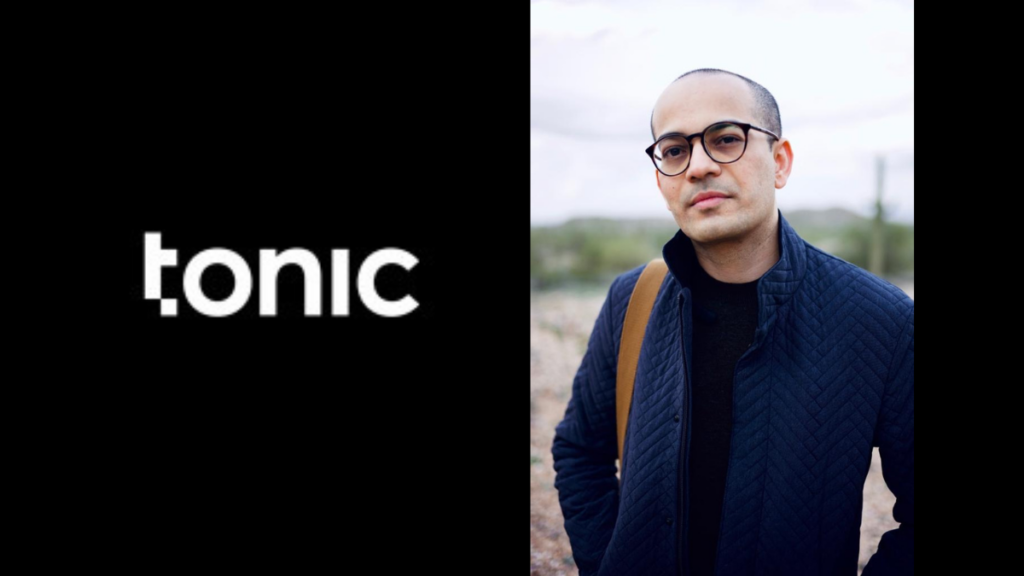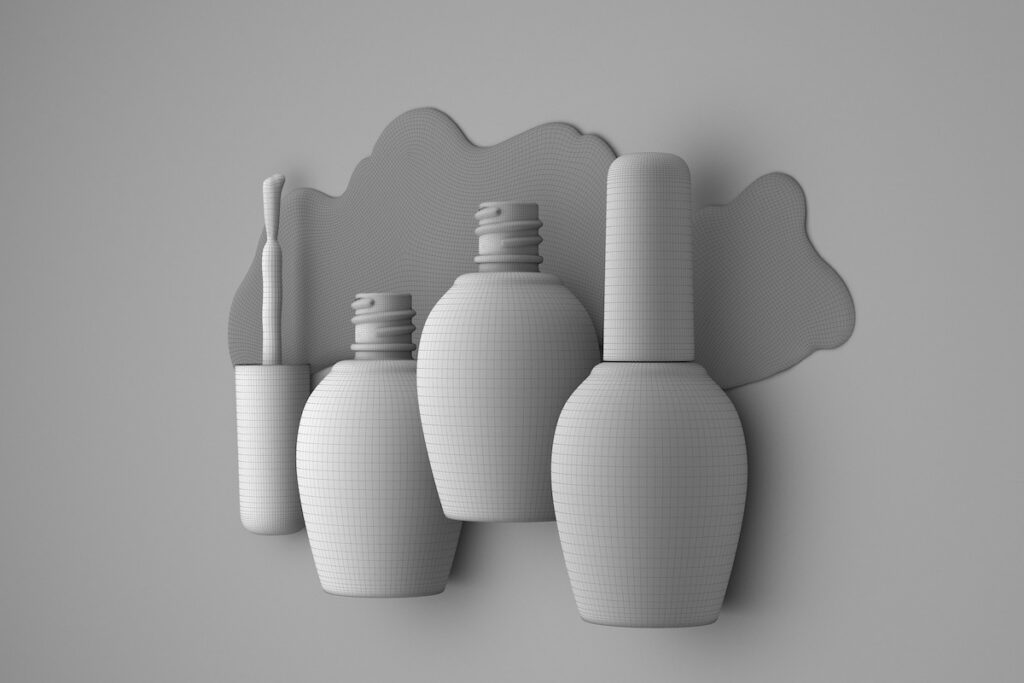
Driven by a vision to enhance the visual quality of product advertisements, Ashay Kshirsagar embarked on a journey to reshape the landscape of creative technology. Frustrated by the lack of high-quality visuals in his early photography projects as the products often had scratches or imperfections, he envisioned a solution that transcended conventional limits. This vision gave birth to Tonic Co.
Described as a “tonic for images,” Tonic elevates visual content through innovative technologies. With a background in art and advertising, Kshirsagar assembled a talented team, supported by his wife who manages marketing. Proud of its self-funded origins, Tonic embodies an entrepreneurial spirit, pushing boundaries in CGI, augmented reality, and immersive digital experiences.
Recently, Kshirsagar shared insights with AnimationXpress into Tonic’s journey, technological advancements, and the transformative impact of AI and Unreal Engine in shaping the future of visual storytelling and cultural preservation.
Global operations: Mumbai and London offices
With a team size of 15 in Mumbai and 12 in London, Kshirsagar personally oversees both the offices, dividing his time between the two locations. “The London office, initiated about eight to nine months ago, aligns with our deep-rooted focus on design. London being the epicenter of the design world was a strategic choice for us. It’s also about the ease of access to global markets like the US and Europe, as well as the UK’s incentives for intellectual property creation,” he explained.
“Our client base spans globally, with significant engagements in the US and Switzerland, alongside our operations in India,” Kshirsagar added.
Adapting to technological shifts: Unreal Engine and AI integration
Kshirsagar views Unreal Engine and AI as enablers rather than disruptors. “At the end of the day, Unreal Engine and AI are just tools,” he asserted. “Embracing them positions us at the forefront of innovation in our industry.”
Addressing Unreal Engine’s role at Tonic, he emphasised its suitability for virtual production and immersive experiences, contrasting it with Unity’s focus on mobile applications.
Regarding the use of AI, he mentioned, “We strategically integrate AI, especially for time-sensitive projects like a recent FMCG shoot we did for the Indonesian market, where we efficiently transformed images for the Gulf market using AI.” Beyond visual modifications, AI plays a pivotal role in mood boarding and ideation, bridging the gap between client visions and final executions. “AI helps clients visualise their ideas,” he explained.
Discussing the ethical implications of AI, he noted, “Legal aspects surrounding AI use remain a concern,” stressing the need for clear guidelines to ensure fair use and proper credit. Looking ahead, he predicted a shift towards experiential marketing and consumer engagement through AR, VR, and the metaverse, driven by Gen Alpha’s preference for interactive content over static media.
Client requirements and innovative solutions
When discussing client requirements in AR, metaverse, and VR projects, Kshirsagar highlighted a common scenario where clients often approach without a clear vision but a strong interest in leveraging technology. “Clients often come to us with a general idea or a desire to incorporate technology. It’s more of a discovery phase where we delve into what they aim to achieve, the desired outcome, and the underlying purpose.”
He gave the example of the Mercedes EQE launch, a high-profile event calling for an innovative engagement strategy. Tonic planned a unique idea: using headsets with emotion-monitoring sensors to create personalised graphics inspired by the aurora borealis theme. Despite enthusiasm for the idea, logistical constraints, including tight timelines (the event was just 15 days away) and the complex technology posed challenges that prevented its execution, underscoring ongoing mismatches between conceptualsation and implementation timelines.
Ideal clients and the Ather Energy experience
Reflecting on ideal client partnerships, he singled out EV company Ather Energy for its foresight and commitment to excellence. “From the beginning of Ather’s journey, when they were just starting out with a small office, our collaboration has flourished.”
Kshirsagar shared a memorable project with Ather in Bengaluru which involved shooting a real riding scene in a corporate environment. “Although we met the brief’s requirements, the final output was unsatisfactory due to the poor environment and location. We decided to completely rework the scene in CGI, changing everything except the rider. This unexpected enhancement delighted the client.”
Ather’s willingness to collaborate and strive for the best possible outcomes underscores the importance of mutual understanding and dedication to achieving exceptional creative outputs.
Bridging the gap: Technology and creativity at Tonic
When asked how Kshirsagar envisions the relationship between technology and creativity, he replied, “The relationship between technology and creativity is evolving. Creative individuals often struggle with technology, and technologists may not fully grasp artistic concepts.” But his background in art and passion for technology allows him to effectively communicate design fundamentals to technologists and technological processes to artists, establishing clear guidelines and fostering mutual understanding.
“The newer generation, eager to learn, adapts more readily. However, it can be difficult for those with long-established careers to embrace new skills unless they possess a strong passion for learning.” To nurture this balance, Tonic recruits fresh talent, hand-picking individuals who demonstrate a passion for learning and teamwork, and assesses their fit within the studio.


Advice for emerging professionals and future clients
For aspiring professionals entering the creative technology landscape, Kshirsagar advised, “Prioritise mastering design fundamentals.” Beyond technical proficiency, he underscored the enduring value of artistic sensibility and creative vision. “Artistry defines our craft,” he emphasised. In an ever-evolving industry, continuous learning and adaptability are essential for navigating technological advancements and shaping future innovations.
As for suggestions to future clients, Kshirsagar said, “I would advise them to be more open to creativity and to focus less on just numbers and more on actual impact. Many clients tend to prioritise data, such as the number of views or likes, over the emotional impact of their campaigns. They often miss the bigger picture of how an activity genuinely affects people. Conducting follow-up research to understand the emotional responses of the audience is crucial. Success should be measured not just by raw data but by whether the campaign achieved its intended emotional and psychological impact. Focusing on these metrics will lead to more meaningful and effective campaigns.”
With a prestigious client roster including Kia, Tata Motors, Ather Energy, BMW, Mother Dairy, Shaze, and more, Tonic stands at the vanguard of the creative technology landscape. As the industry evolves, Tonic’s commitment to quality, innovation, and cultural preservation not only distinguishes them but also solidifies their leadership position.



